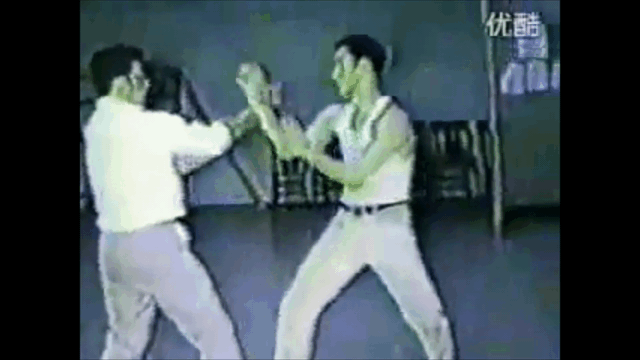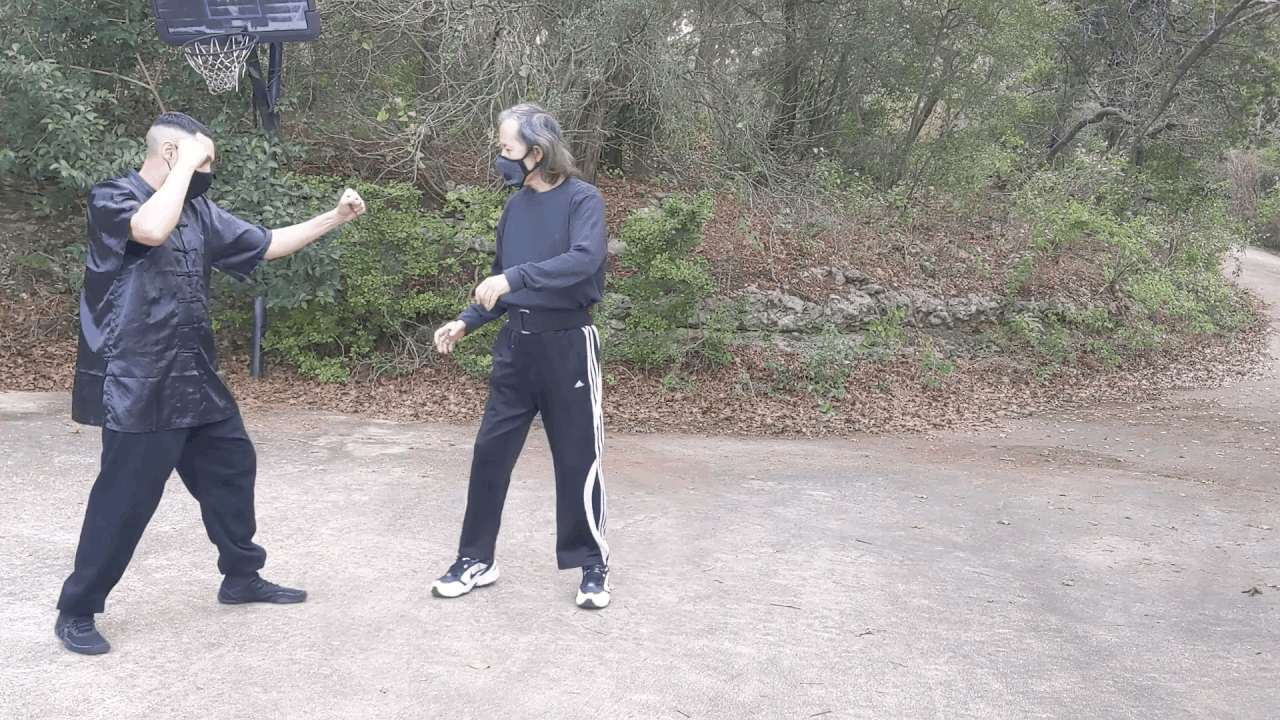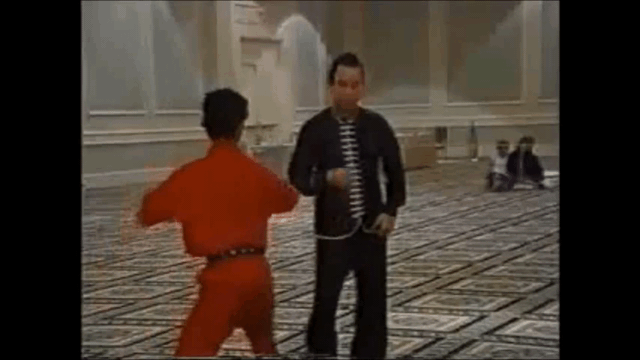Hi everyone  !
!
From your point of view who (or what initiate the move/cycle in Chi Sao) ?
We can imagine that the transition from the taan sao to the bong sao is due to a higher pressure of th partner's fook sao...
And then :
1 - What conditions justify the return to the taan position ?
2 - Why the second had to move simultaneously ?
Note : I'm talking about the chisao as it is practice in the Wong Shun Leung Lineage...
Thanks for your feedbacks !
!
From your point of view who (or what initiate the move/cycle in Chi Sao) ?
We can imagine that the transition from the taan sao to the bong sao is due to a higher pressure of th partner's fook sao...
And then :
1 - What conditions justify the return to the taan position ?
2 - Why the second had to move simultaneously ?
Note : I'm talking about the chisao as it is practice in the Wong Shun Leung Lineage...
Thanks for your feedbacks




